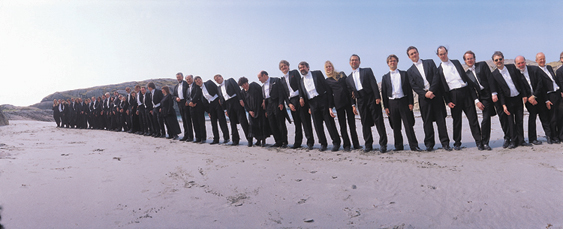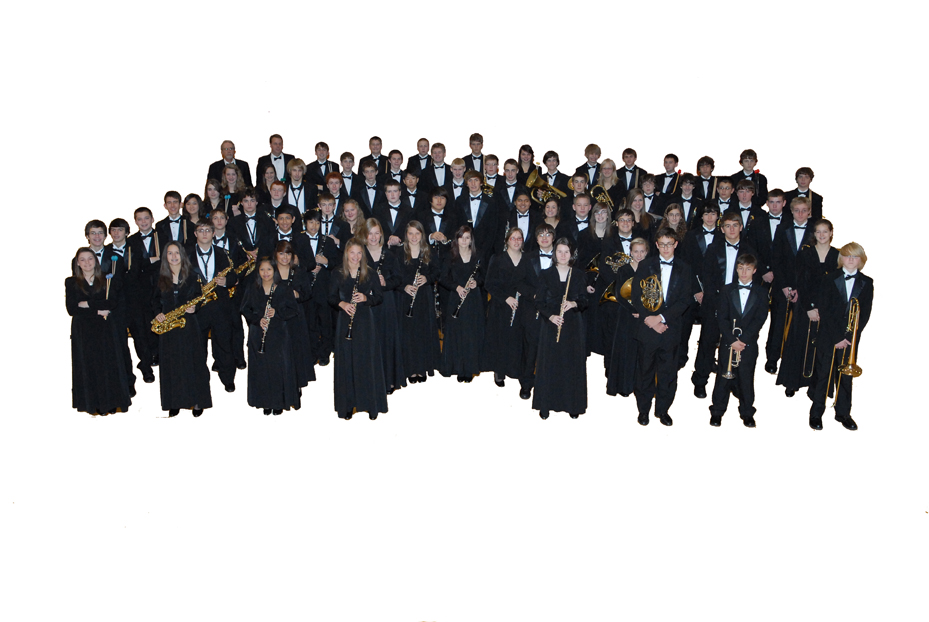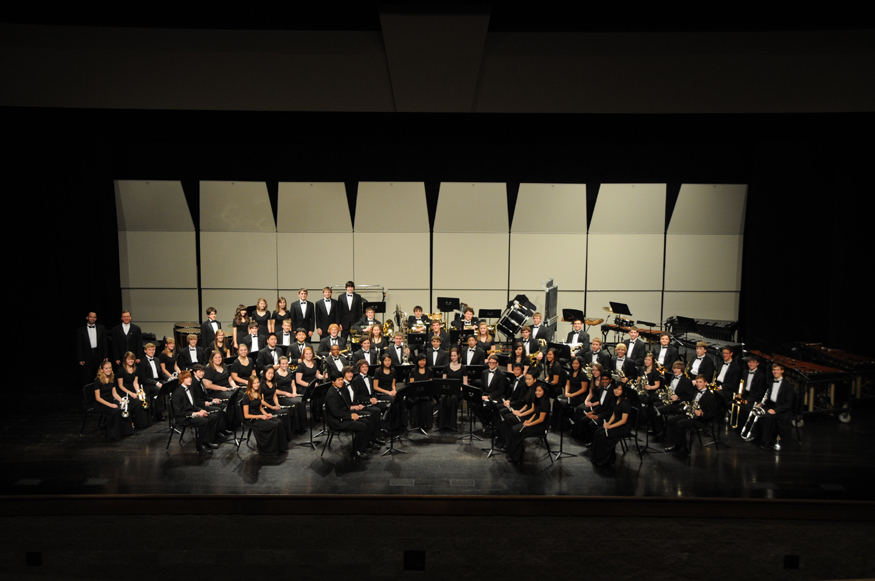The first movement allegro of Vivaldi’s Concerto in G minor for violin, two oboes, two flutes, bassoon and strings, RV 577, which began this evening’s concert by the Stavanger Symphony Orchestra, was preceded by an allegro entrance on to the stage by the orchestra’s Artistic Director for baroque and classical repertoire, the violinist and early music conductor Fabio Biondi. Here you sensed someone in complete control who was very eager to get to the work at hand. And his work was both as violinist and, using his bow and body, conductor. After hearing the Vivaldi, it was clear that the orchestra, although playing modern instruments, had mastered the elements of baroque style and had presented a performance of which any early-music band would be proud. There was, however, a problem of balance which continued throughout the evening, and it wasn’t the fault of an instrumentalist or his instrument. In the vastness of Carnegie Hall, one just couldn’t hear the harpsichord when anything else was going on, even when sitting in the parquet. (I had experienced the same problem the night before while sitting in the balcony during the Bach Collegium Japan’s performance of Bach’s Mass in B minor.)
Bach’s Orchestral Suite No. 4 in D Major, BWV 1069 followed. I especially enjoyed the middle three movements. These baroque dances are a special test for the conductor, in that one has very little leeway as to tempo and mood. The performances were perfect. And in a smaller hall, the two outer movements would have been perfect also. But in Carnegie Hall, the tempo of the 9/8 section of the first movement was just too fast, and many details, even when played by such a superb orchestra, often sounded blurred. By the way, the stratospheric trumpets were flawless!
The first half ended with excerpts from Johan Helmich Roman’s “Music for a Royal Wedding at Drottningholm 1744.” Roman (1694-1758) is considered to be the first important Scandinavian composer, thus I can understand including his music on this concert. It received the same beautifully wrought and stylistically correct performance as did all the other works, but it’s just not in the same league with the music of Vivaldi, Bach, Haydn and Mozart. That not withstanding, I think it might have made a stronger impression if it had been programmed before and not after the Bach
After the intermission we heard Haydn’s Violin Concerto No.2 in G Major, and in this early Haydn work Maestro Biondi shone in his other role as soloist. This is not the place for a long discussion of the use of a lute or harpsichord continuo in works of the classical era, but let it be said that the lute, beautifully played by Giangiacomo Pinardi, was audible and very effective during the slow second movement. But during other movement’s forte passages, no sound reached the audience. While Mr. Pinardi left the stage before the Mozart Symphony No. 36 in C Major, K.424, the harpsichordist stayed and remained, as before, inaudible. This performance of Mozart’s “Linz” Symphony was for me the high point of the concert, especially the elegantly played second movement. What a perfect tempo!
So often, today’s symphony orchestras pay lip service to stylistically correct performances of baroque and classical music by just playing these works with reduced forces. Kudos to the Stavanger Symphony Orchestra for realizing that this is just not enough. It would be a shame, with all we have recently learned about the proper way to perform this music, if more symphony orchestras did not follow the Stavanger model.



